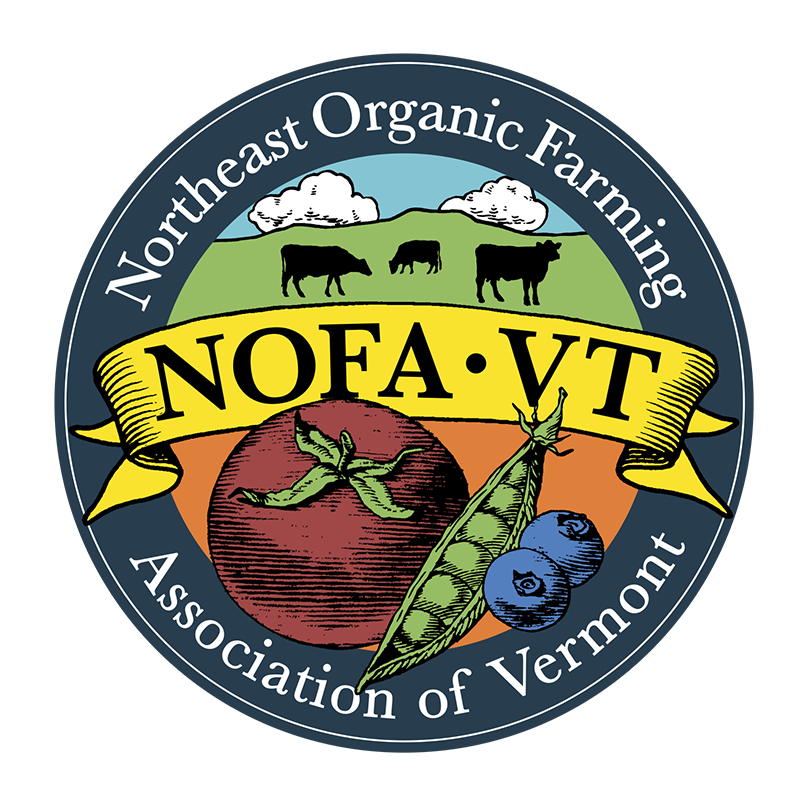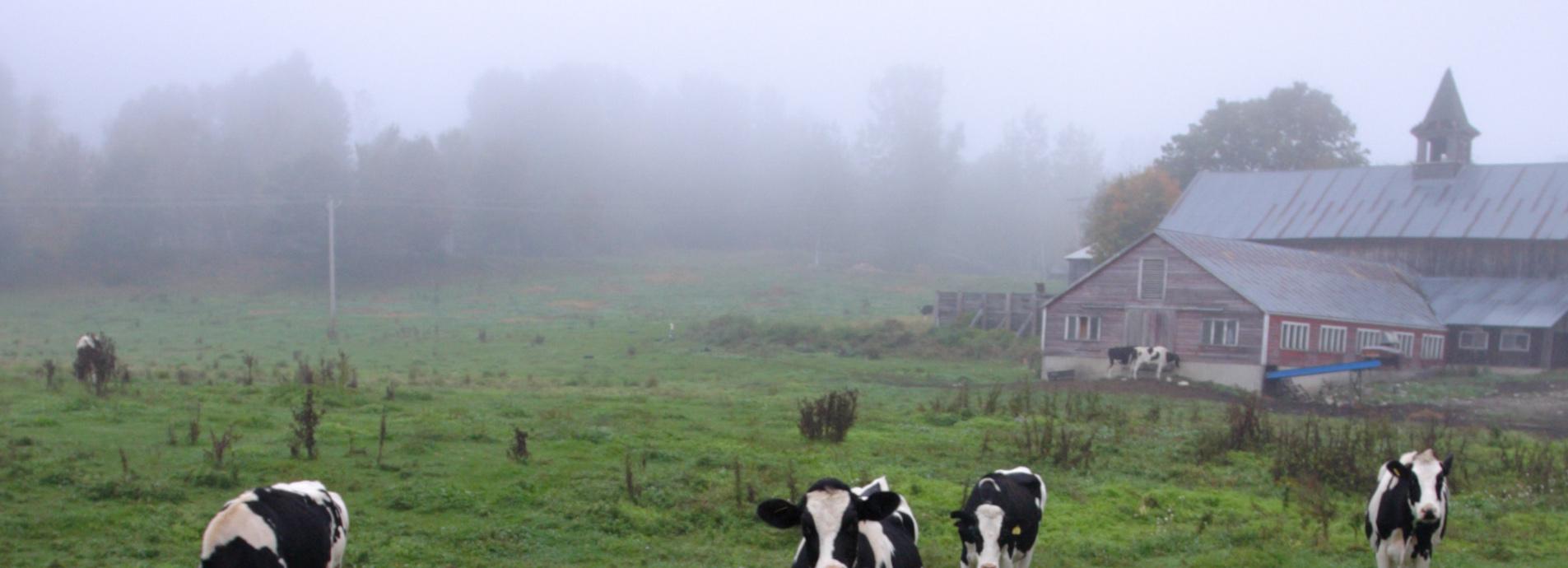Get these monthly dispatches from farmers right in your inbox by subscribing to News From the Farm! This newsletter is written for kids and those who care for them.
April 10th, 2023
Dear Friend of NOFA-VT,
Happy Spring! Out in the field yesterday, I heard spring’s first coo, coo of the morning dove. The gentle call brings a melody to my outdoor work day that cultivates a softness in the warm sunlight. It is a call that reminds me to pause and sing a note of my own. “Inch by inch, row by row, I’m gonna make this garden grow….” Well soon, the garden will grow, once the last of the late snow melts!
In light of spring—we are looking forward to the return of many migratory birds! One of our recent school learning projects at Vermont Farm and Forest School is one called, “Bird’s Eye View” or, in Spanish, “Mirada de Aves.” It is a cross continent, cross cultural learning project that focuses on the migration of the swallows. The beauty in learning about the travel of the swallow is the importance of this species on our insect population. The interconnectedness of birds, insects, and farm crops is one that we humans should not forget about. Our students are learning about the declining population of the swallows and how we can implement conservation and organic agriculture practices to support the growth of this species. And, as we learn about the swallows, we also learn from our sister school in Venezuela the cultural similarities and differences between our two communities, two communities in which the swallows travel to and from every year.

A kestrel in its winter home in Venezuela.
Birds are such a vital team player in sustainable and organic agriculture. When bird populations decline, such as the swallow populations, we see a rise in harmful insect populations. So, when we choose organic and integrative practices in our home gardens, our farms, and in our communities, we can help build an interconnected, diverse population where nature simply takes care of itself to create a delicate balance.
What can you do at home to increase bird populations which in turn support organic farming practices? Choosing to purchase organic and local foods, natural insect sprays, organic pest sprays and fertilizers, and building a diverse habitat are all ways we can support a healthy ecosystem and farming community.
When you are outside in the garden, see how many different types of birds you can count in your area. Have fun listening and watching.
Sincerely,
Misse Axelrod of Drift Farmstead
In this month's video, Misse shows chats with us about bird-friendly habitat on the farm.
Recipe: Arepas con Queso
Ingredients:
- 2 cups of arepa flour - we use P.A.N. which is a pre-cooked cornmeal that you can find at most latino grocery markets and online
1 ½ teaspoons sea salt
2 ¼ cups of warm water
Veggie or Coconut Oil for Frying - Cheese
- Other fillings like black beans, salsa, guacamole, or ground beef (optional)
Directions:
- Mix the arepa flour and salt in a medium bowl. Slowly add the warm water and knead to form a dough ball. Rest the dough for about 5 minutes.
Divide the dough into 6-8 pieces, roll into balls in the palm of your hand. Flatten the ball into a disk about a half inch thick
Heat the griddle or cast iron skillet with oil over medium-high heat. Add the arepas and cook for about 5 minutes on each side until golden brown.
Using a knife cut the arepas down the center but leave the back ends attached.
Stuff with black beans, salsa, cheese, guacamole, and ground beef. Enjoy!
Activity: Tree Treasure Sculptures
One conservation practice that we can put in place is we can help increase habitat for the swallows. Nesting boxes is a great way to encourage nesting. We can also plant native shrubs and trees that attract insects that swallows link to munch on.
Tree Swallow Nest Box Instructions

